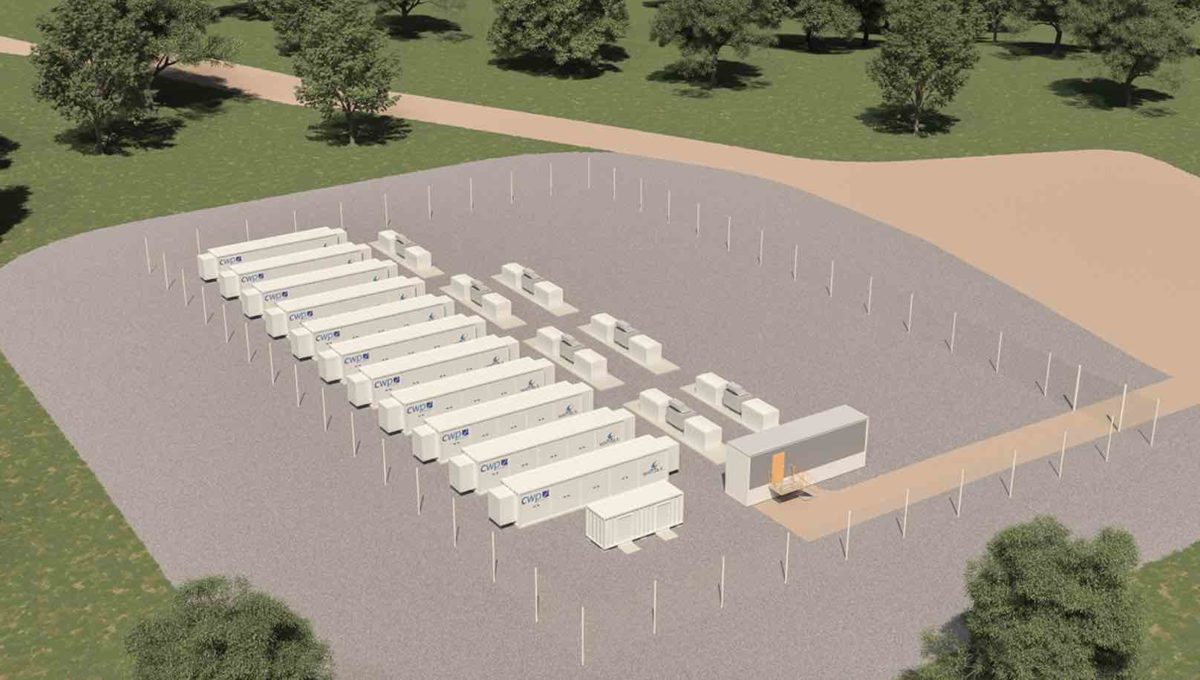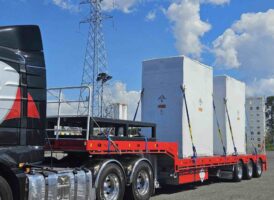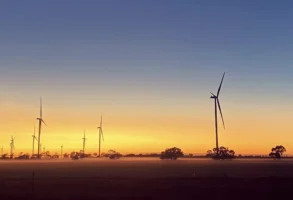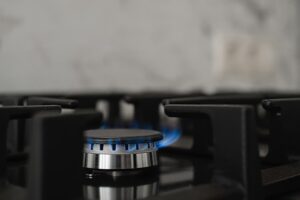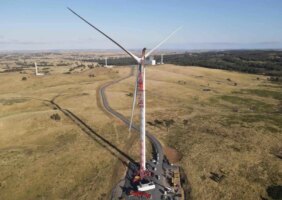A first of its kind connection agreement will see a 30MW, one hour battery attached to the largest operating wind farm in New South Wales, in what is a landmark development for the growth of renewables and storage in Australia.
CWP Renewables says the Sapphire battery will be the first big battery to be added to an existing generation plant at the same connection point. It will be co-located with the 270MW Sapphire wind farm near Glen Innes in the north of the state.
The deal is a landmark because the rules of the market have made it near impossible for a wind or solar plant to share the same connection point.
Many of the country’s big battery storage installations – at Hornsdale, Lake Bonney, Dalrymple North and Gannawarra – have been built next to or near existing wind or solar farms, but have had different connection points and operate independently.
Landmark deal for renewables and storage
CWP says it has now proven that it is possible.
This is important for the renewables industry, because many of the wind and solar projects already built have been described as “battery ready”, but have not moved forward with the storage because of the complexities involved in singing a connection agreement with the Australian Energy Market Operator.
CWP Renewables says the new battery, which will begin construction next year and be in operation in 2024, will store excess energy from the wind farm and the grid, feed electricity back into the grid during times of low generation or high demand.
The battery’s fast response means it will also be able to provide frequency control services, which stabilise the grid and improve power quality.
It also means that CWP Renewables will find it easier to offer “firm” supply contracts to its customers – similar to the one that Neoen has struck with BHP for the supply of 24/7 power to the Olympic Dam mine from its Goyder South wind farm and a new big battery.
“Leading the way”
CWP Renewables CEO Jason Willoughby says the approval will give the industry confidence that battery storage can be added to existing generation projects.
“We’re proud to be leading the way in obtaining the approval under the current regulatory framework to connect Sapphire Battery to our 270 MW Sapphire Wind Farm,” Willoughby said in a statement.
“The transition to renewable energy requires the likes of firming projects such as Sapphire Battery, which can help smooth out the variability of wind and solar generation,” he said.
“We have agreements with a large range of corporate customers who want to source firmed renewable energy to match their usage and this project brings us another step closer.”
Richard Lowe, the CEO of Lumea said said it was a difficult process that required a lot of collaboration between the different parties, and energy storage is an important part of laying the foundations to deliver grid stability.”
“The Sapphire BESS project exemplifies the collaboration required to move forward at pace and we are pleased to partner with CWP Renewables to deliver this project to the New England region of NSW.”
More big batteries planned
CWP Renewables – currently the subject of a sales process that has attracted the attention of energy giants Iberdrola, Origin and Tilt Renewables – also has approval for a 150MW, two hour battery to be co-located with its proposed 414 MW Uungula wind farm in the state’s Central West.
Future wind farm projects will also include battery storage. A battery supplier for the Sapphire battery has not yet been chosen.
The Sapphire wind farm is currently the largest operational wind farm in NSW, and has a range of power purchase agreements in place, including with the ACT Government, Nestlé Australia, Fujitsu Australia and Transurban.
Note: The project has received a 5.3.10 letter from AEMO for a hybrid energy hub. The 5.3.9 procedures, added to the NER in 2007, clarified the application of performance standards to modified plant to remove a disincentive for generators from upgrading plant.
Now for the first time in the NEM, this has been applied to include retrofitting a generation plant with a grid-scale BESS via a shared connection.
See RenewEconomy’s Big Battery Storage Map of Australia

